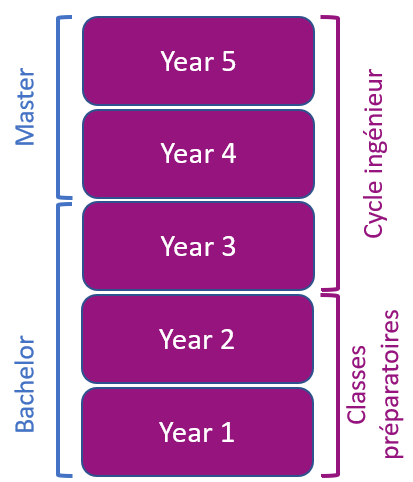Number of hours
- Lectures 12.0
- Projects -
- Tutorials 3.0
- Internship -
- Laboratory works 12.0
- Written tests -
ECTS
ECTS 2.5
Goal(s)
Fault detection and isolation (FDI)is a subfield of control engineering which involves monitoring a system, identifying when a fault has occurred, and pinpointing the type of fault and its location. Model-based techniques of fault detection and isolation use a model to investigate/analyze the occurrence of faults. The system model may be mathematical or knowledge-based. We focus our attention on mathematical models.
Damien KOENIG
Content(s)
There ar only tree main approaches. The observer-based approach, the parity-space approach, and parameter identification-based methods. In order to optimize FDI indications, the following two step are developped :
The first step is to design a filter based on a model of the plant to generate a vector known as the residual. The residual should ideally be zero (or zero mean) under no-fault conditions.
The second step is to make decisions on whether a fault has occurred. This step is usually done using statistical tools to test if the residual has significantly deviated from zero.
PrerequisitesState space representation
Observer design
Identification H2
Algebre of matrice : Rank, ker, eigenvalue ...
E1 = Final exam session 1, calculators authorized + 1 handwritten sheet A4 R/V, duration 1h30.
E2 = Final exam session 2, calculators authorized + 1 handwritten sheet A4 R/V, duration 1h30.
TP = Practical work
The exam is given in english only 
Course ID : 5AMAC514
Course language(s): 
You can find this course among all other courses.
Maquin D., Ragot J., 2000, "Diagnostic des systèmes linéaires" éditions Hermes.
Jie Chen and R.J. Patton, 1999, "Robust model-based fault diagnosis for dynamic systems", Kluwer Academic Publischers.
R.J. Patton, P. Frank and R. N. Clark, 1999, "Issues of fault diagnosis for dynamics systems" editions Springer.
What is a grande école ?
French engineering curriculum





